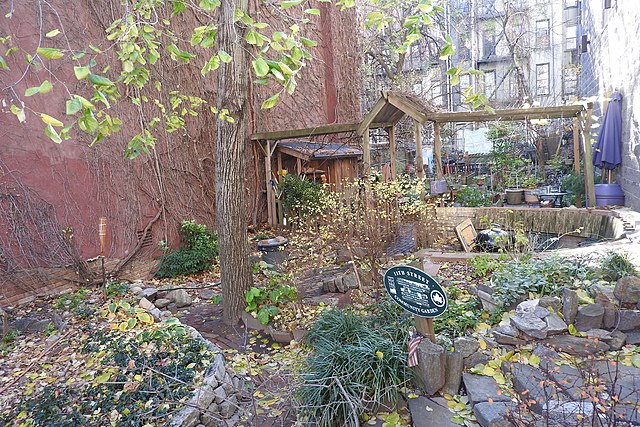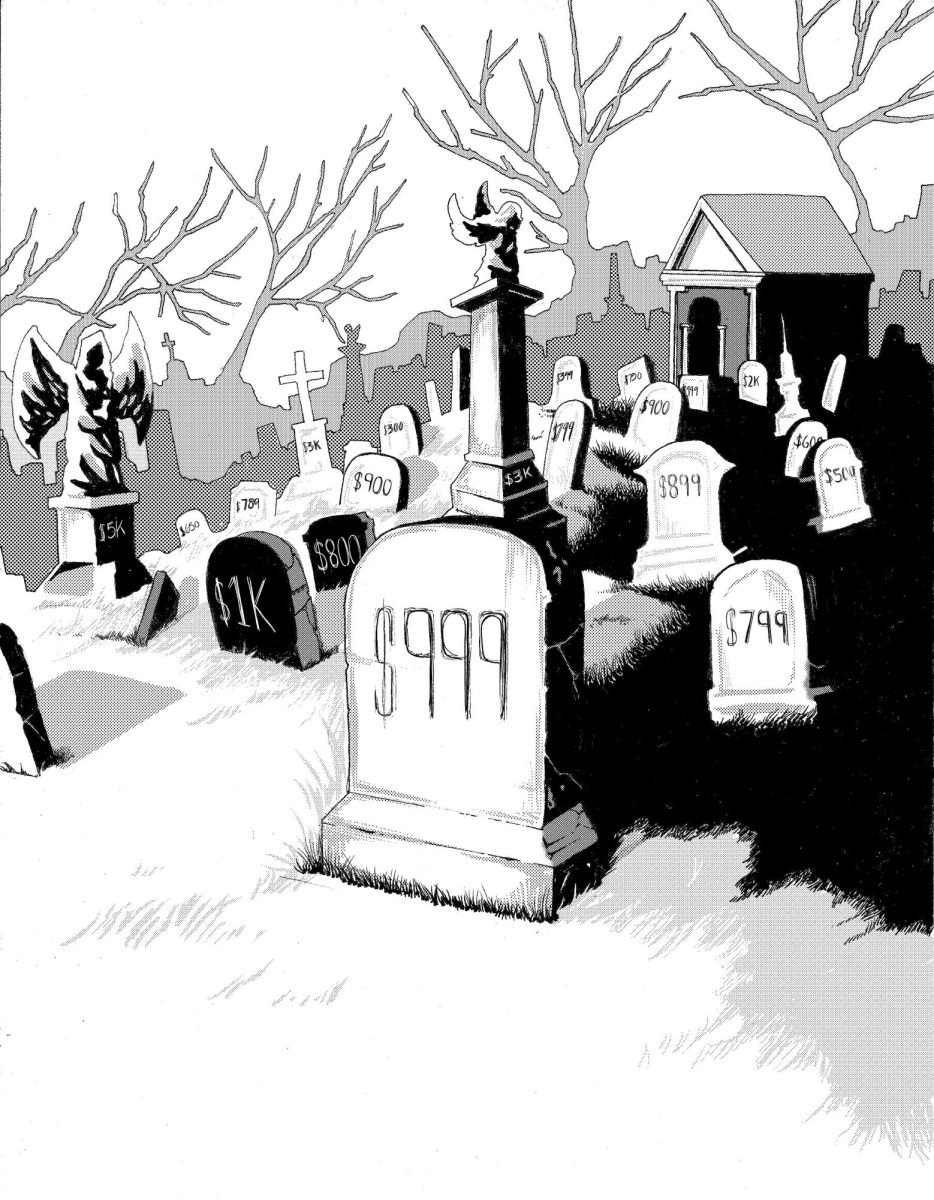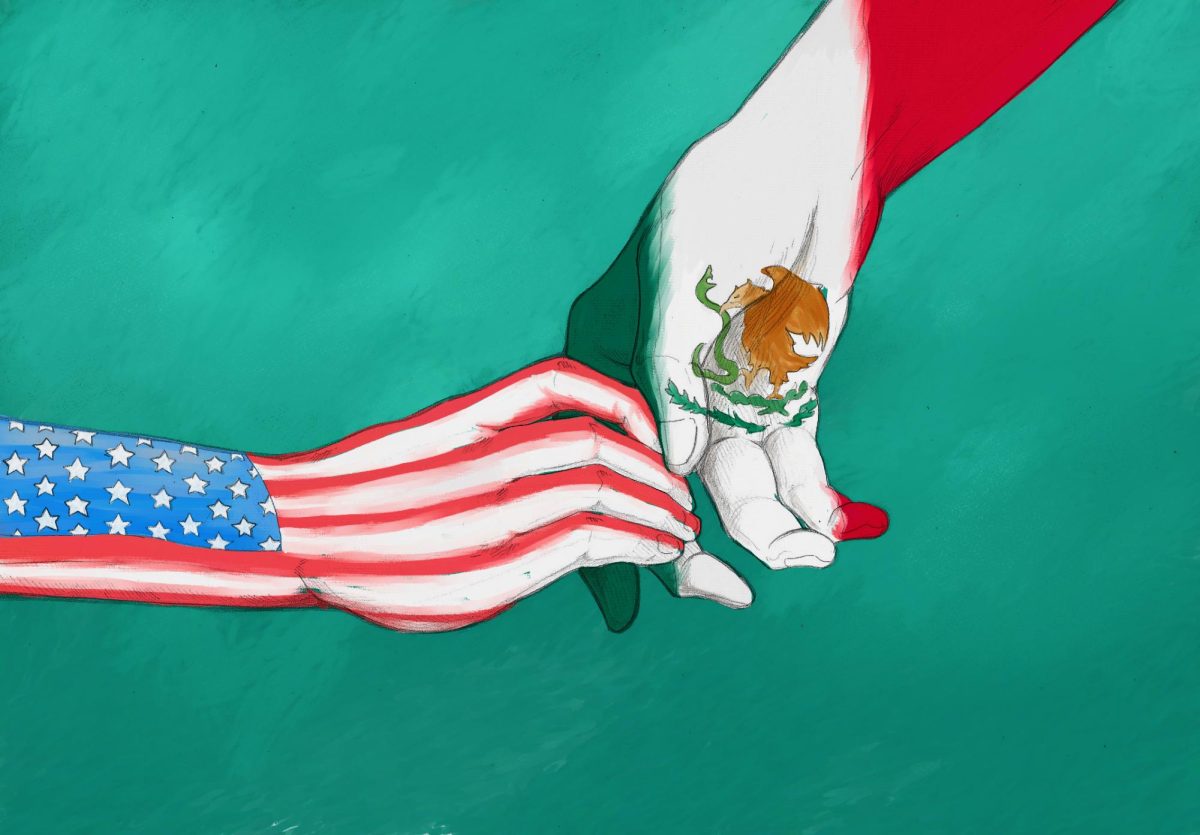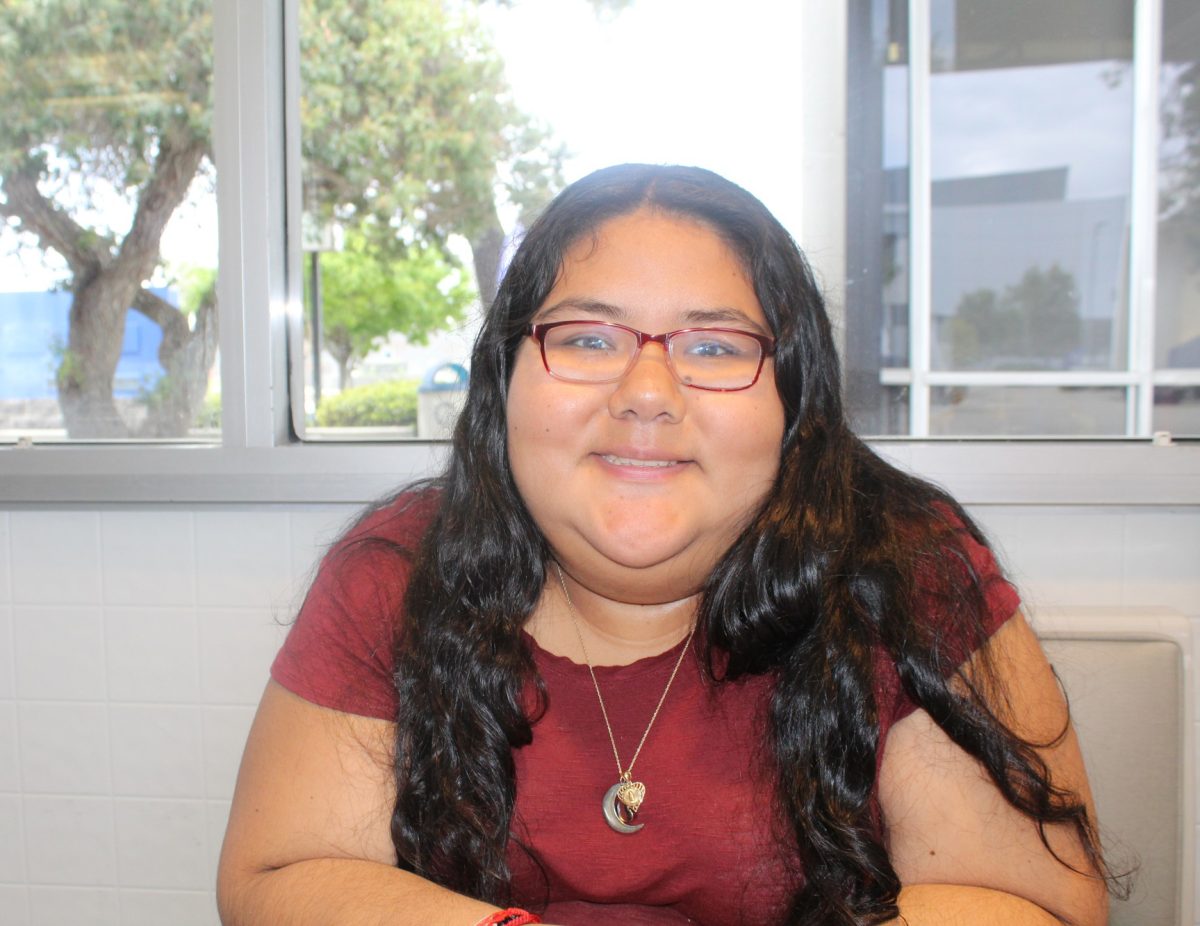If this pandemic has taught us anything, it’s the importance of healthy living and healthy eating.
Yet access to fresh produce and healthier food isn’t equal across the board and many communities have been labelled “food deserts” due to their lack of affordable and available quality food.
Low-income neighborhoods (usually majority black and brown) often lack supermarkets with better quality of produce and instead are filled with highly processed junk food and fast food chain restaurants.
A sort of food segregation keeps the Whole Foods, Trader Joe’s and Sprouts in wealthy, white neighborhoods.
This lack of availability for healthy options forces people to resort to taking home whatever is close or cheap, even if it is unhealthy.
Rates of obesity and diabetes, driven by poor diets, are rising across the board but impoverished communities don’t have easy or cheap access to healthcare to battle these upticks.
These communities have to feed their families and can not afford to go further to supermarkets that carry organic produce or gluten free alternatives.
We must change the availability and accessibility of local farmers markets and grocery stores that carry these products not just for health but also an overall environmental change.
Perhaps partnering with local, family owned businesses can provide affordable fresh food options for people in food deserts.
This will not only help low-income communities but also older generations that rely only on a certain amount from their pension or Social Security checks to live on a day to day basis.
These individuals might have to prioritize whether they’re going to spend more money on their groceries or on their medication.
With the accessibility to healthier food and produce, people will have a better chance against health issues like high blood pressure, diabetes, cholesterol and other conditions that come from an unhealthy lifestyle.
Inability to access healthy food from these locally grown markets leads to poor health among Americans broadly but especially in poorer communities.
Because of the predicament many Americans are in, they have no choice but to eat from our current harmful industrial agricultural driven markets that drive these health crises.
If you have ever bought non-organic fruits in a pack (such as strawberries) from your local grocery store, you have probably noticed that some fruits are bigger than others.
Those fruits are the result of our industry not caring what its consumers eat.
The vegetables that are produced by current agriculture practices are laced with chemical fertilizers to produce more and more, larger and larger.
This type of method ultimately leads to less nutritional value within the vegetables and fruits and can encourage diseases to stew within their populations.
The nutrition of our natural sweets and fresh, earthy greens are important to our health because they contain many vitamins and minerals that reduce harmful risk factors at the root of chronic illness or heart diseases.
Instead of natural and sustainable farming practices, crops are doused with pesticides, which we ingest, further risking our health.
Our plants are not the only ones being attacked by the industrial agricultural system. The meat many Americans consume contains harmful chemicals that are risky.
Instead of being fed grass and natural food that animals are supposed to eat, they are injected with hormones, overcrowded in disease ridden pens and fed corn and grains that were injected with pesticides.
The majority of corn produced in the United States is used to feed animals that are only bred for slaughter.
The multi-billion dollar agribusiness does not care about the health of its consumers. It, and the rest of our economy, capitalizes off the sickness of the people in other ways, like private healthcare or ridiculous diet regimes propped up by whatever industry is promoting it.
What is the substitute for big business farming and segregated food deserts?
One option is the return to what humans have done (and still do around the world) for all of history: local food production.
Community gardens, backyard farming and collective food banks can be a community focused alternative to corporate food options.
Instead of buying unhealthy fast-food or paying billionaires to eat from their overstocked supermarkets, communities should consider locally operated and collectively run gardens that grow healthy produce options that can be provided free of cost.
Volunteers can plant and pick veggies and fruits for consumption, along with things like flowers or natural remedy plants to make healthy teas or drinks in place of sugary ones.
Since a community garden may require open land that some areas might not have, a community foodbank that stocks produce grown by individuals in their homes or backyards can allow people to make use of their excess product and feed those around them.
This local food production would ideally be community operated and free from the profit motive. Groups like Food Not Bombs already operate in an anti-capitalist model of food distribution that could easily be aided by a comparable community food project.
In a nation where tons and tons of food is thrown out instead of given out, health crises are running wild and access to food is limited by what you have in your wallet, a locally run, free alternative would be a powerful and healthy change of pace.




















